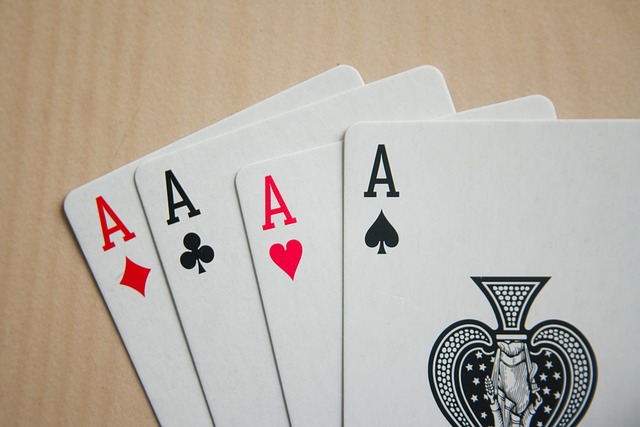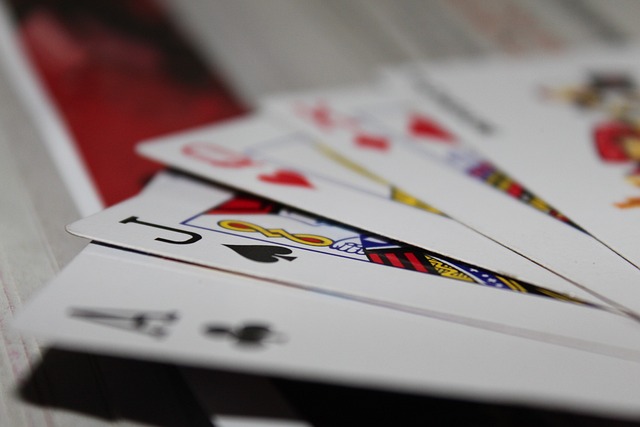Strategy charts are priority lists. They tell you which draw keeps the most expected value (EV) when multiple plays are possible. Good charts are variant-specific because paytables change how much kickers, straights, and flushes are worth.
What a video poker chart actually does
A chart ranks possible hands—from pat hands at the top to single high cards at the bottom. On each deal, you find the highest-ranked item that matches your cards and hold exactly that combination. You do not “mix and match.” Consistency is where the edge comes from.
Charts are built from paytables. Switch the pays and the ranks move. That’s why a Jacks or Better (JoB) list differs from Bonus and Double Bonus: extra payouts for aces and quads reshuffle priorities.
Paytables move the goalposts

Small payline tweaks drive big strategy changes. JoB rewards straights/flushes evenly; Bonus variants push more value into quads—especially aces—so you chase certain pairs more aggressively.
When choosing a machine, start with pays, not branding. “Full-pay” versions offer best long-term return; short-pay trims it and forces tighter discipline.
Quick reference table (common pay schedules, 5 coins)
| Variant (full/strong) | Key Pays (Flush/Straight/2 Pair) | Long-run Return (approx.) |
|---|---|---|
| JoB 9/6 | 6 / 4 / 2 | ~99.5% |
| Bonus 8/5 | 5 / 4 / 2 | ~99.1% |
| Double Bonus 10/7 | 7 / 5 / 1 (bonus quads) | ~100% (rarely offered) |
Note: Returns are approximate; short-pay versions drop noticeably.
Core JoB hierarchy you can memorize
Jacks or Better values two pair and medium-strength made hands reliably. It doesn’t overpay quads, so you don’t chase lone aces at the expense of strong straight/flush draws.
JoB (9/6) mini-chart highlights
Start with pat hands, then strong draws and pairs. Use this as a compact anchor:
- Pat: Royal > Straight Flush > 4OAK > Full House > Flush > Straight > 3OAK > 2 Pair > High Pair (JJ+).
- 4 to a Royal always beats 3 of a kind and below.
- 4 to a Straight Flush beats low pairs; holds depend on gaps and high cards.
- Low Pair (TT–22) usually beats 4 to an open straight with 0–1 high cards.
- 3 to a Royal outranks most single high-card holds.
- Single High Card (J–A) is the bottom fallback; prefer the lowest count of high cards that preserves straight/royal potential (e.g., keep AK over just K when it maintains royal lines).
These rules avoid the biggest leaks: overvaluing gutshots and breaking good two-card royal structures.
How Bonus Poker shifts priorities
Bonus Poker boosts quads (especially aces). That elevates single aces and pairs compared to JoB in many borderline spots. Two pair remains strong, but you’ll keep Aces-focused holdings more often.
Bonus (8/5) adjustments that matter
Keep A with suited K/Q/J more aggressively when it preserves royal routes.
Low Pair vs. 4-card straight draws tilts a bit more toward the pair, aiming at 3OAK → Full House paths and the occasional boosted quads.
High Pair still crushes draws—don’t break it for 4 to a flush unless it’s to a royal.
A common pitfall is chasing weak straight draws because “it hit last time.” In Bonus, those thin straights give up too much quad/house equity.
Double Bonus: quads-or-bust pressure

Double Bonus supercharges quads—aces most of all—and cuts two-pair to 1-for-1 on common schedules. That single change forces a mindset shift: low pairs rise; two-pair pat hands lose some luster because the push is smaller.
Double Bonus (10/7) practical pivots
Never break a pat straight/flush/full house, but be ready to favor pairs over many four-card straights/flushes when the draw is thin.
Aces get special treatment: A♦ A♠ x x patterns justify conservative holds aimed at upgrading to trips/quads rather than chasing middling draws.
Because two pair pays less, you draw to boats more—don’t stand pat on 2 Pair when drawing to a Full House (standard rule), and value that upgrade even more here.
Leak to avoid: over-holding suited AK/QJ with no straight potential when a pair exists. In Double Bonus, pairs are the engine; pretty suited high cards aren’t.
Practice workflow and table-side rules
You don’t need the full page in your head. Carry a compact list for your variant, and drill borderline cases (low pair vs. 4-card draws, 3 to a royal vs. single high). Ten minutes of trainer practice locks in the muscle memory.
Quick rules of thumb
- Pick the chart for your exact paytable before you start.
- In JoB, respect two pair and medium draws; in Bonus/DB, lift pairs—especially aces.
- 4 to a Royal outranks almost everything below made hands.
- Don’t break high pairs; don’t overrate 4-card non-royal straights with gaps.
- Track mistakes: mark hands where you hesitated and review after the session.
Dialing strategy to the paytable turns “close calls” into consistent edges. That’s how charts pay you—one disciplined hold at a time.
